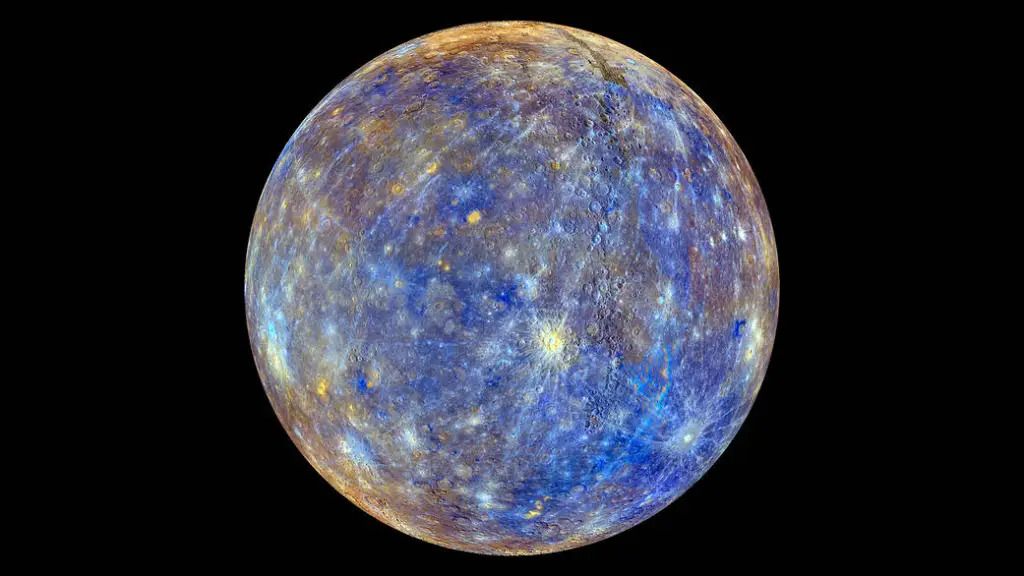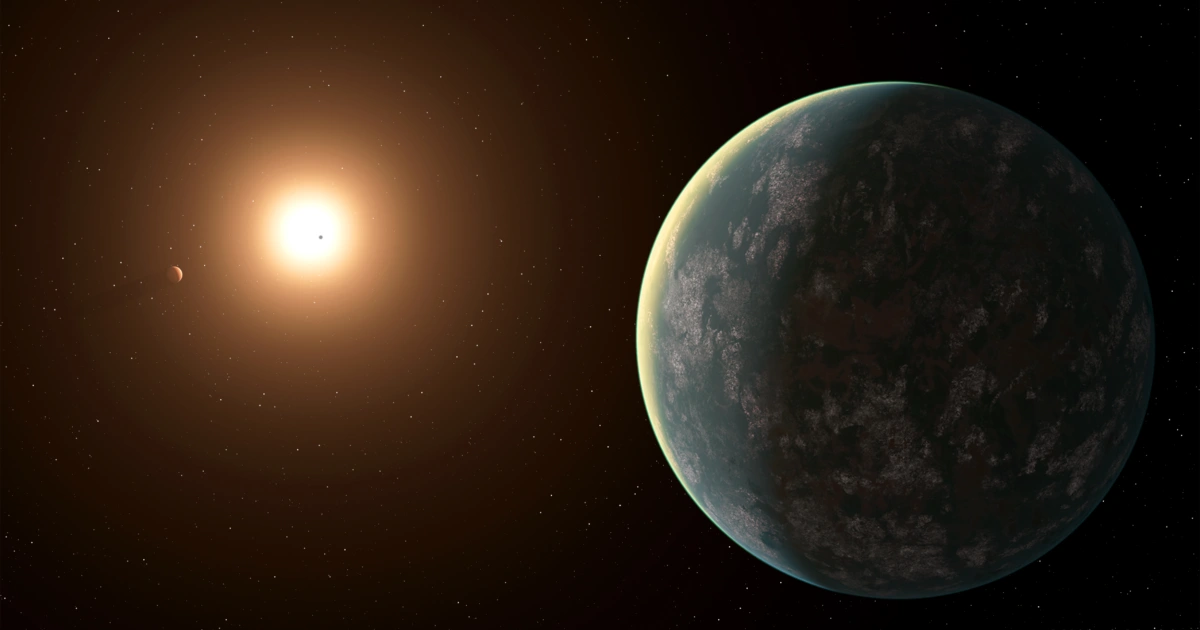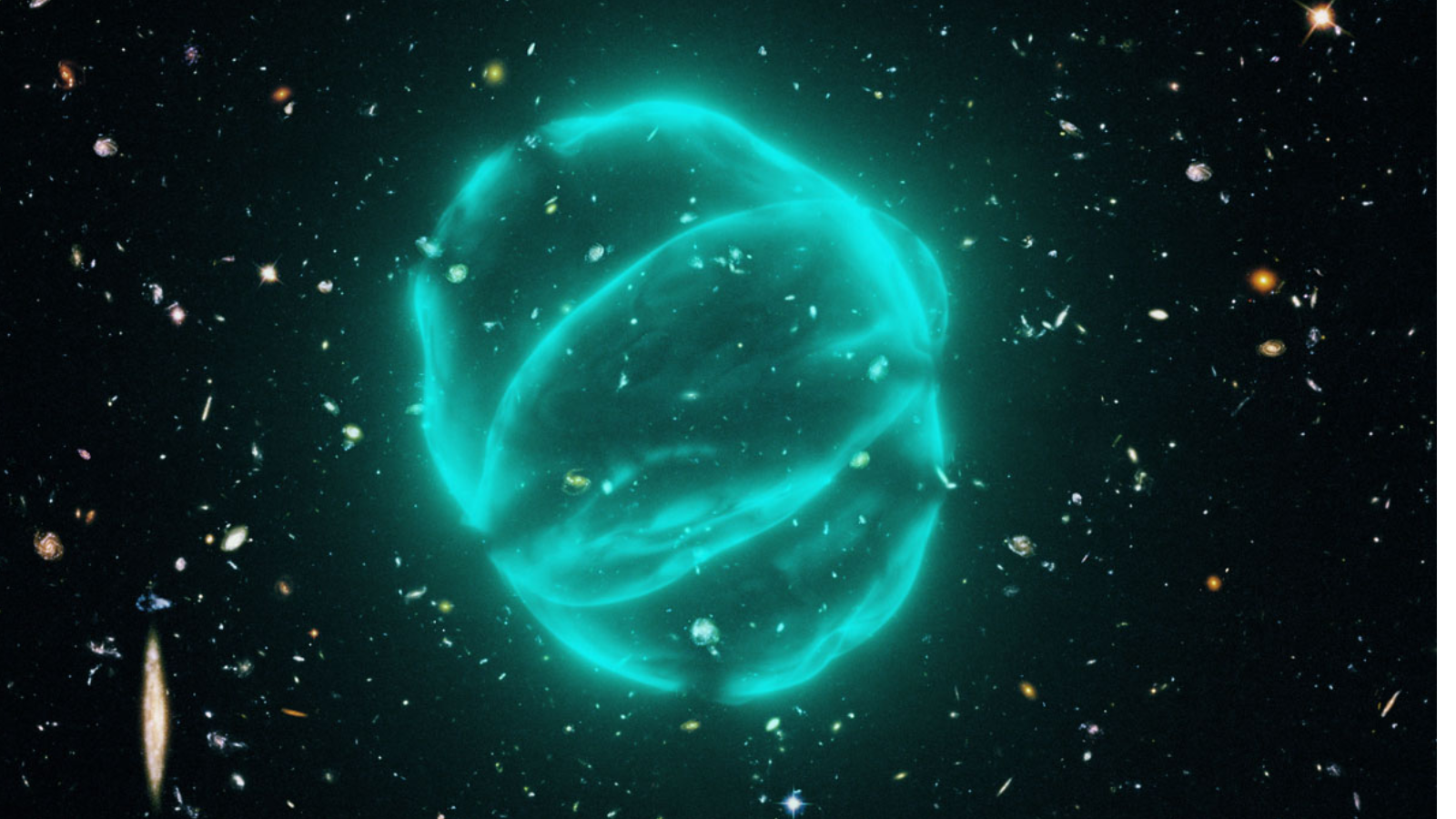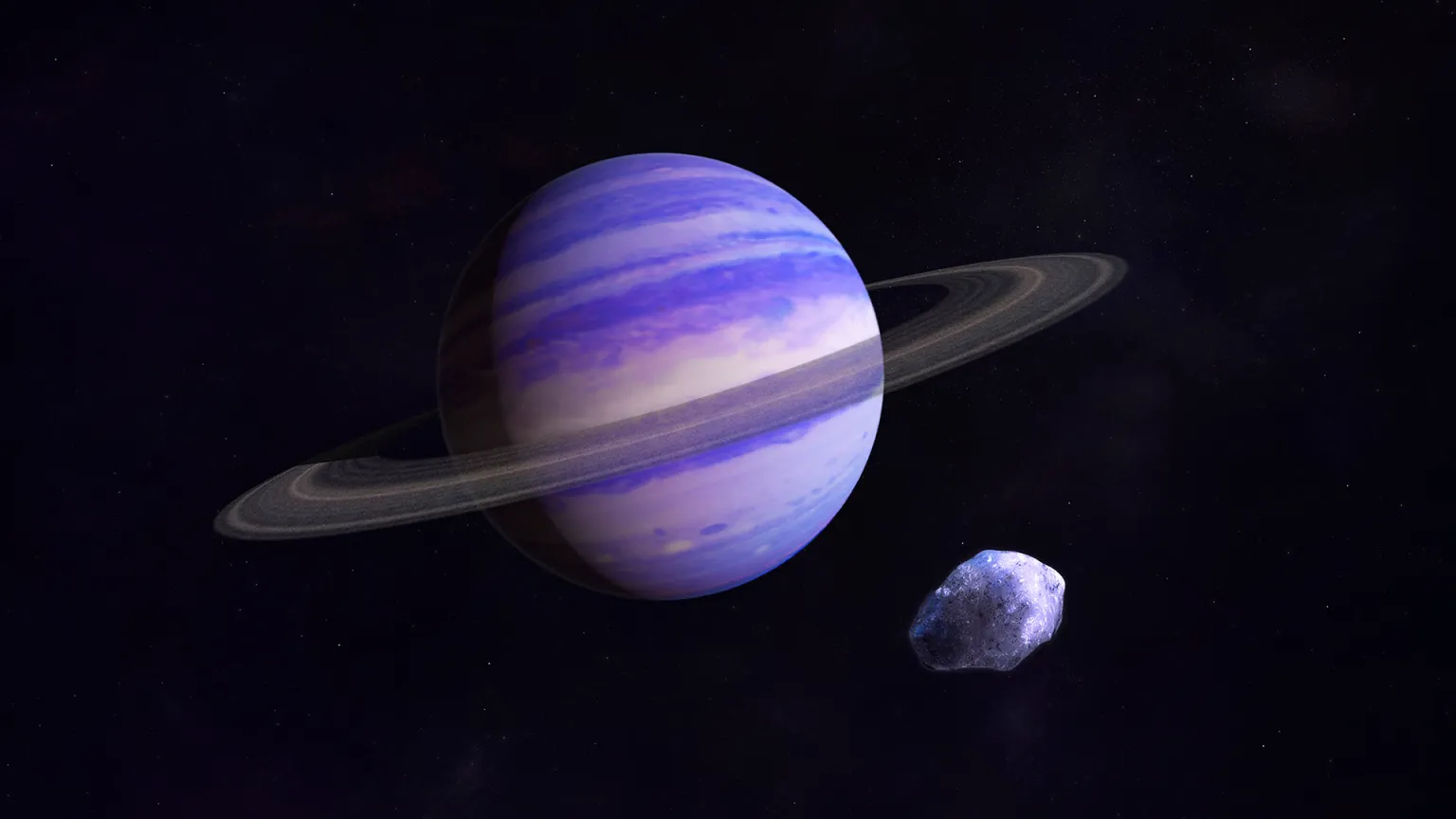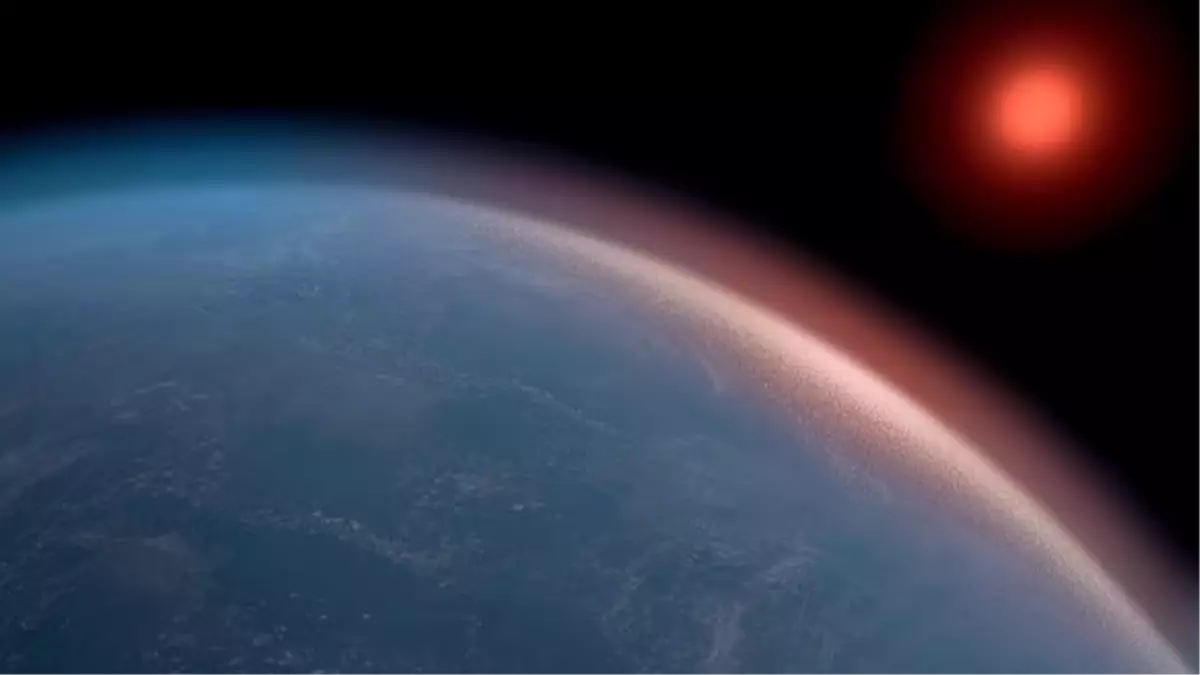solsticeuniversity.com – As the smallest planet in our solar system and the closest to the Sun, Mercury has fascinated astronomers and space enthusiasts for centuries. Despite its proximity to the Sun, this enigmatic world has remained somewhat elusive, with much of its characteristics only revealed in recent decades through space missions and scientific exploration. Though Mercury is often overshadowed by its larger, more distant planetary neighbors, its unique features make it a captivating subject for study.
A World Close to the Sun
Mercury’s position as the planet closest to the Sun means it experiences extreme conditions. Orbiting the Sun in just 88 Earth days, it has the shortest year of any planet in the solar system. A day on Mercury, however, is far longer than its year. Due to its slow rotation (one rotation takes approximately 59 Earth days), a single day-night cycle on Mercury lasts about 176 Earth days. This unusual day-night rhythm contributes to some of the most extreme temperature variations in the solar system.
Temperature Extremes
Mercury’s lack of a substantial atmosphere to trap heat results in extreme temperature fluctuations between day and night. During the day, temperatures on the sun-facing side can soar to a blistering 800°F (427°C), while on the night side, temperatures can plummet to as low as -330°F (-201°C). This makes Mercury’s surface conditions incredibly hostile and inhospitable for any form of life as we know it.
A Thin Atmosphere
Unlike Earth, Mercury has almost no atmosphere to speak of. While it does have a very thin exosphere (a sparse collection of atoms like oxygen, sodium, hydrogen, helium, and potassium), it’s too thin to offer any protection from the Sun’s radiation or to support life. The lack of atmosphere also means there’s no weather, no wind, and no erosion, so the planet’s surface remains largely unchanged by environmental forces.
The planet’s proximity to the Sun also means it’s constantly bombarded by solar radiation and cosmic rays. Any atmosphere it might have had in the distant past would have been stripped away by the Sun’s intense heat and solar winds.
A Rocky and Cratered Landscape
Mercury’s surface is strikingly similar to that of the Moon—covered with craters and rocky plains. The planet’s surface is marked by impact craters of varying sizes, the largest being the Caloris Basin, a massive impact crater over 800 miles (1,300 kilometers) in diameter. This basin was formed by an asteroid impact early in the planet’s history, and it’s one of the defining features of Mercury’s surface.
In addition to craters, Mercury also has scarps, which are long, steep cliffs that stretch for hundreds of miles. These scarps were likely formed as the planet cooled and contracted over billions of years, causing the surface to crumple and fold in on itself.
The Magnetic Mystery
One of Mercury’s most intriguing features is its magnetic field, which was discovered in 1974 by NASA’s Mariner 10 spacecraft. Despite being small and having a slow rotation, Mercury has a global magnetic field that is about 1% the strength of Earth’s. This was an unexpected discovery, as scientists originally thought Mercury’s small size and slow rotation wouldn’t generate a magnetic field.
The exact cause of Mercury’s magnetic field is still a subject of research, but it is believed to be the result of a partially molten iron core, much like Earth’s own magnetic field. The presence of this field is important because it may offer insight into the planet’s internal structure and the processes that occur deep within.
Space Missions and Exploration
Mercury was first explored by NASA’s Mariner 10 mission in 1974, which provided the first detailed images of the planet’s surface. However, it wasn’t until the Messenger mission, launched in 2004, that scientists gained a comprehensive understanding of Mercury. Messenger orbited Mercury from 2011 to 2015, capturing detailed images, mapping the surface, and conducting scientific experiments to analyze the planet’s composition, magnetic field, and exosphere.
In addition to its scientific contributions, the Messenger mission also revealed surprising findings, such as the discovery of water ice in permanently shadowed craters near Mercury’s poles, which are so cold that they never receive sunlight. This ice could potentially be a valuable resource in future space exploration.
The Future of Mercury Exploration
The exploration of Mercury is far from over. While Messenger provided invaluable data, scientists are eager for more detailed information about the planet’s surface, interior, and potential for resources. In 2018, the BepiColombo mission, a joint venture between the European Space Agency (ESA) and Japan’s JAXA, was launched to study Mercury in greater detail. This mission, which will arrive at Mercury in 2025, will offer even more advanced instruments to probe the planet’s atmosphere, magnetic field, and surface features, pushing the boundaries of our understanding of this small, mysterious world.
Conclusion: The Small Giant
Despite its size, Mercury is a planet of great significance. From its extreme temperature fluctuations to its magnetic field and rocky surface, it offers scientists a glimpse into the harsh realities of a world so close to the Sun. The planet’s unique characteristics, along with its potential for future discoveries, make Mercury an intriguing and essential subject of study in the ongoing exploration of our solar system.
Though it may be overshadowed by the larger, more well-known planets, Mercury’s mystery and complexity continue to inspire curiosity and wonder. As we look to the future of space exploration, Mercury will undoubtedly remain a key piece in understanding the formation of our solar system and the broader workings of planetary science.
